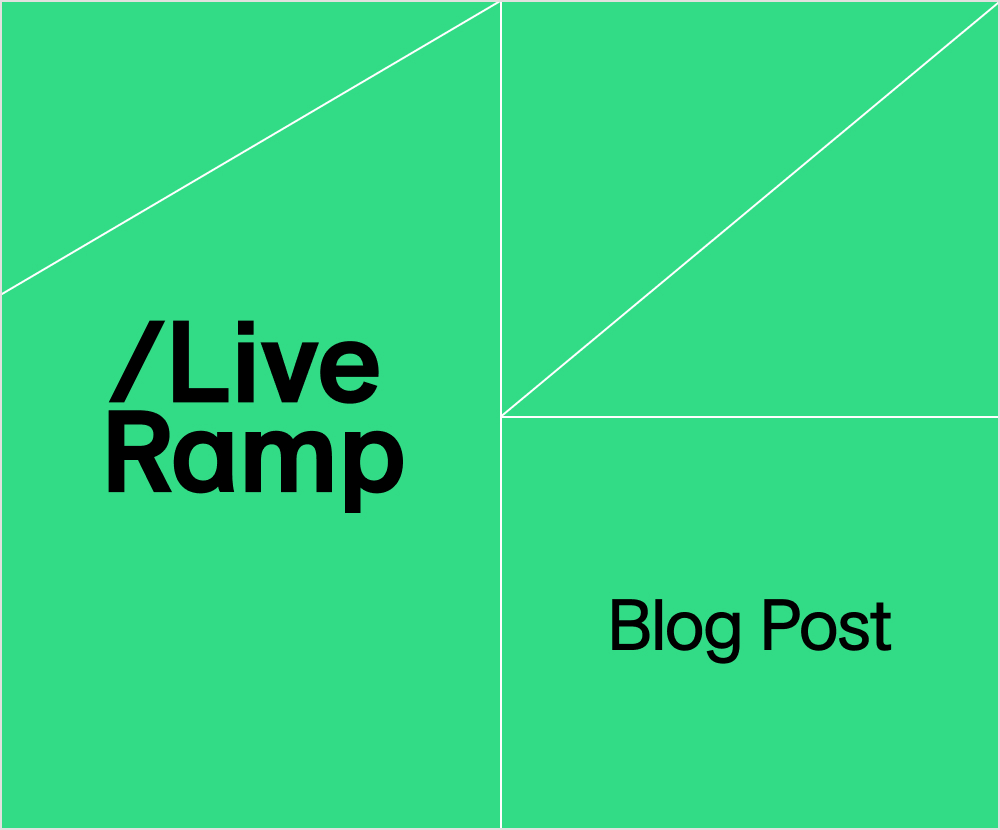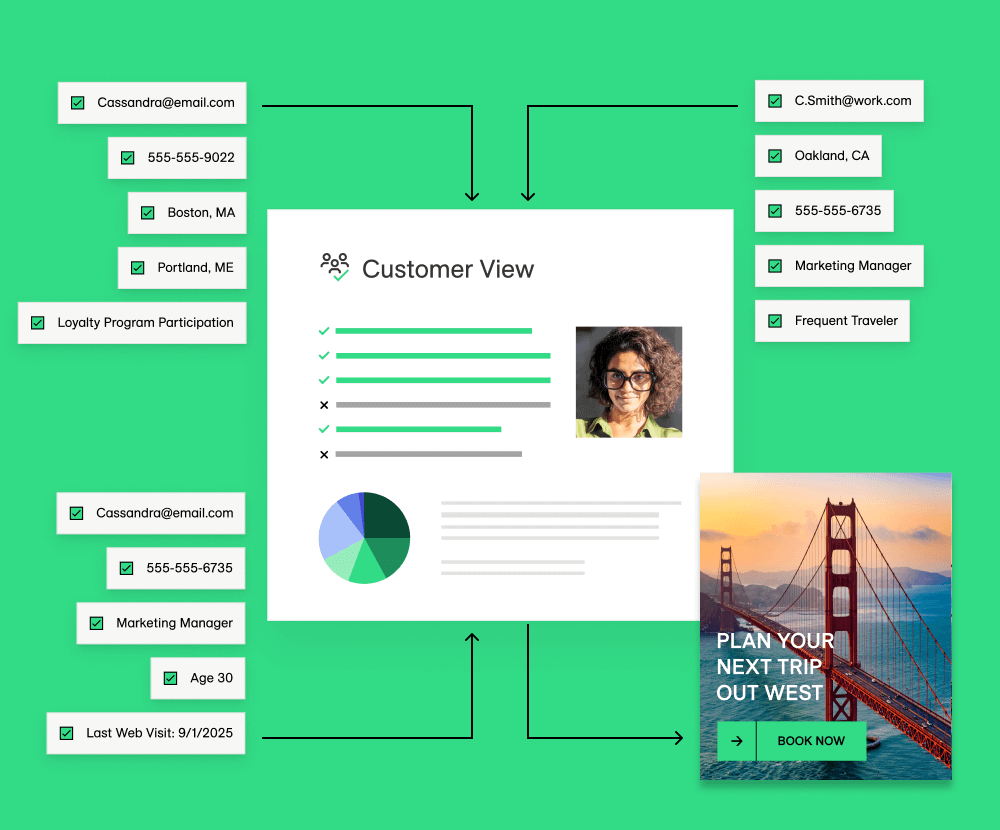Filters:
Clear AllFilter Label Tag
.jpg)
December 4, 2025
Match-Ready Infrastructure: LiveRamp’s Winning Identity API for the FIFA Club World Cup
Varun Gujarathi & Martin Banson
Data Collaboration
Engineering & Technology

November 13, 2025
5 min read
Media Plans vs. Market Realities: Bridging the Auto Industry’s Most Expensive Gap
Sonam Katari
Clean Rooms
Data Collaboration
Identity
Marketing

November 3, 2025
3 min read
Accelerating the Future of AI with Standards and Governance
Travis Clinger
Artificial Intelligence
Consumer Data Privacy
Identity
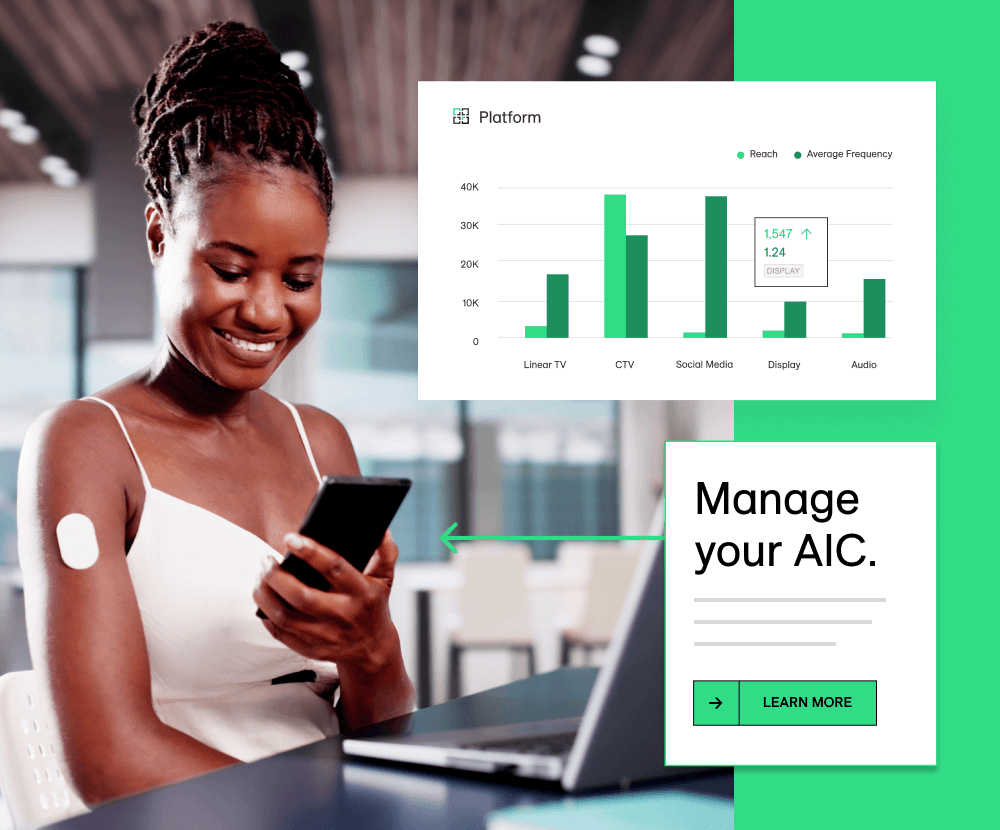
October 29, 2025
4 min read
Healthcare’s Data Dilemma: Why CDPs Alone Can’t Deliver Marketing Outcomes
Veronica Luik
Clean Rooms
Data Collaboration
Marketing Measurement
Identity
Consumer Data Privacy
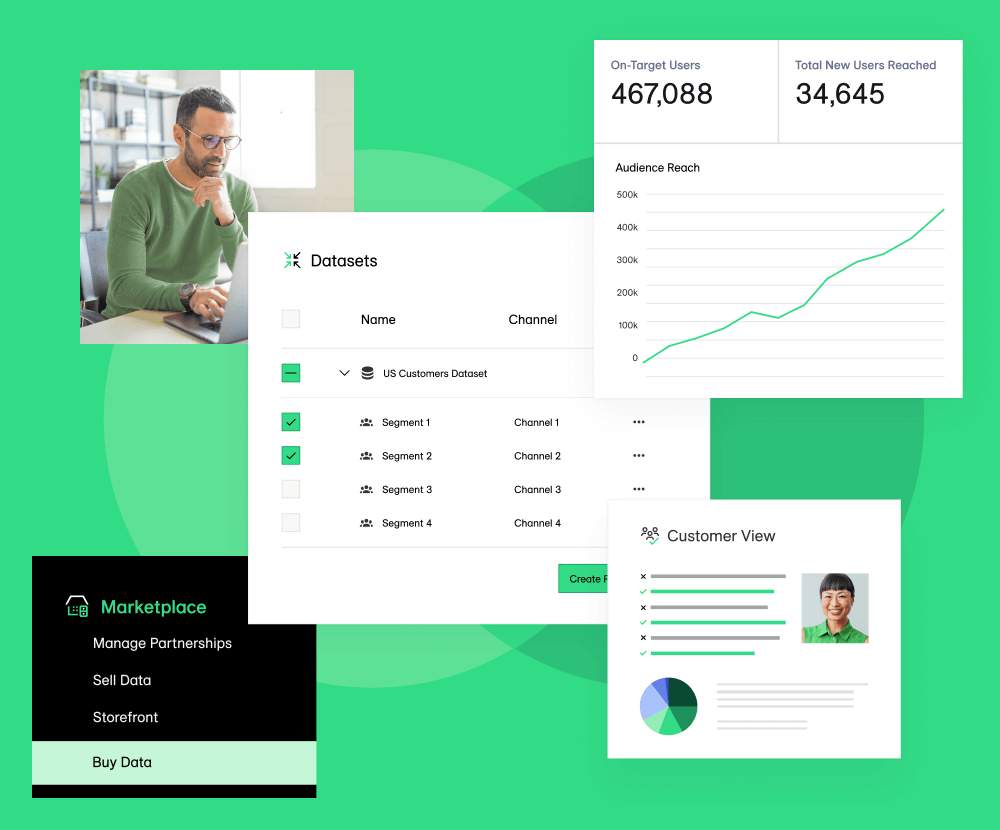
October 27, 2025
10 Identity Resolution Use Cases: Resolve, Build, Enrich, and Protect
No items found.

October 23, 2025
How LiveRamp Improved Clean Room Kubernetes Monitoring with Grafana Alloy and Fleet Management
Clean Rooms
Engineering & Technology
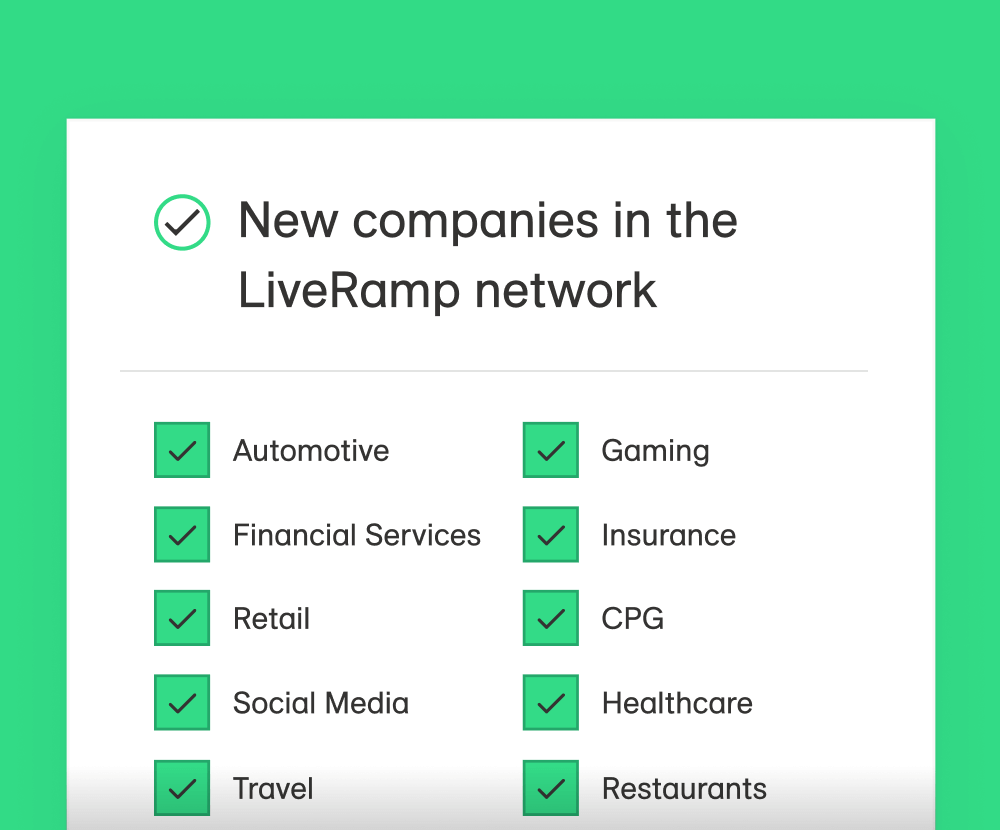
October 22, 2025
2 min read
LiveRamp Adds New Clients in Automotive, Gaming, Financial Services, Travel, and More
LiveRamp
Liveramp Partnerships
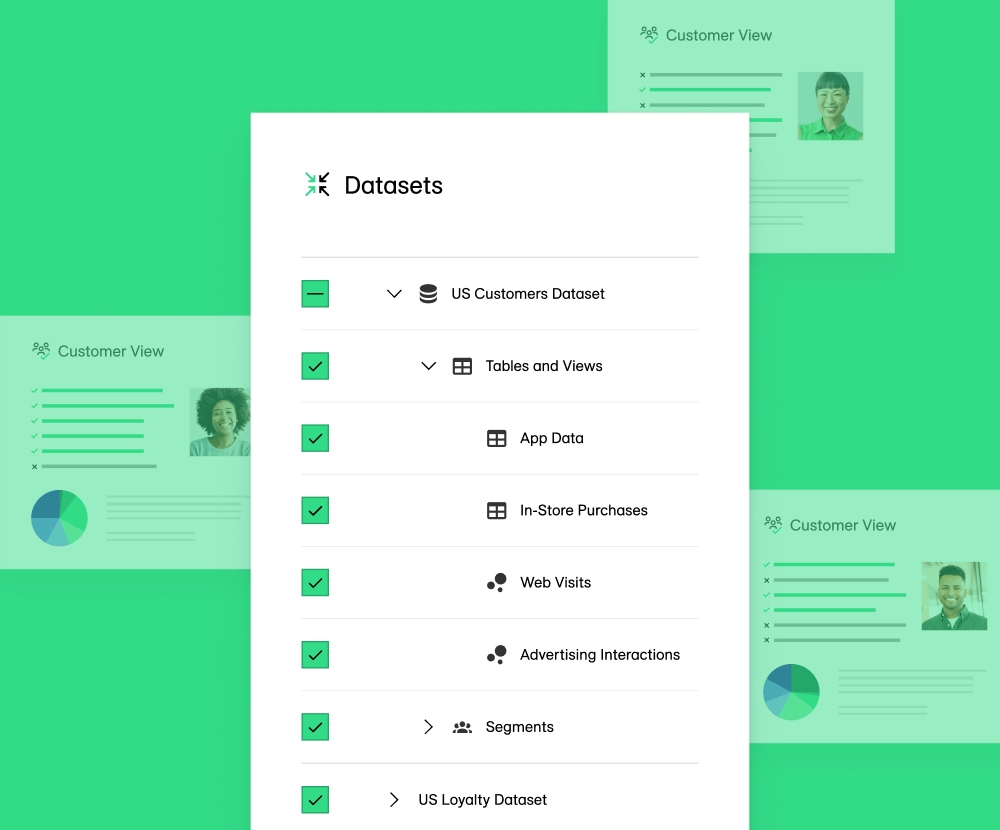
October 21, 2025
8 min read
A Look at the Benefits and Use Cases for Customer Data Management
No items found.

October 15, 2025
3 min read
LiveRamp at Advertising Week New York 2025: Driving the Future of Data Collaboration
LiveRamp
Artificial Intelligence
Data Collaboration
LiveRamp Events

October 15, 2025
3 min read
Raising the Stakes: How Retailers and CPGs Win With Casino Media Networks
Reece Jones
Data Collaboration
Identity
Marketing
Marketing Measurement
Media Networks
Thank you! Your submission has been received!
Oops! Something went wrong while submitting the form.
Subscribe for Updates
Stay up to date with the latest from LiveRamp.


